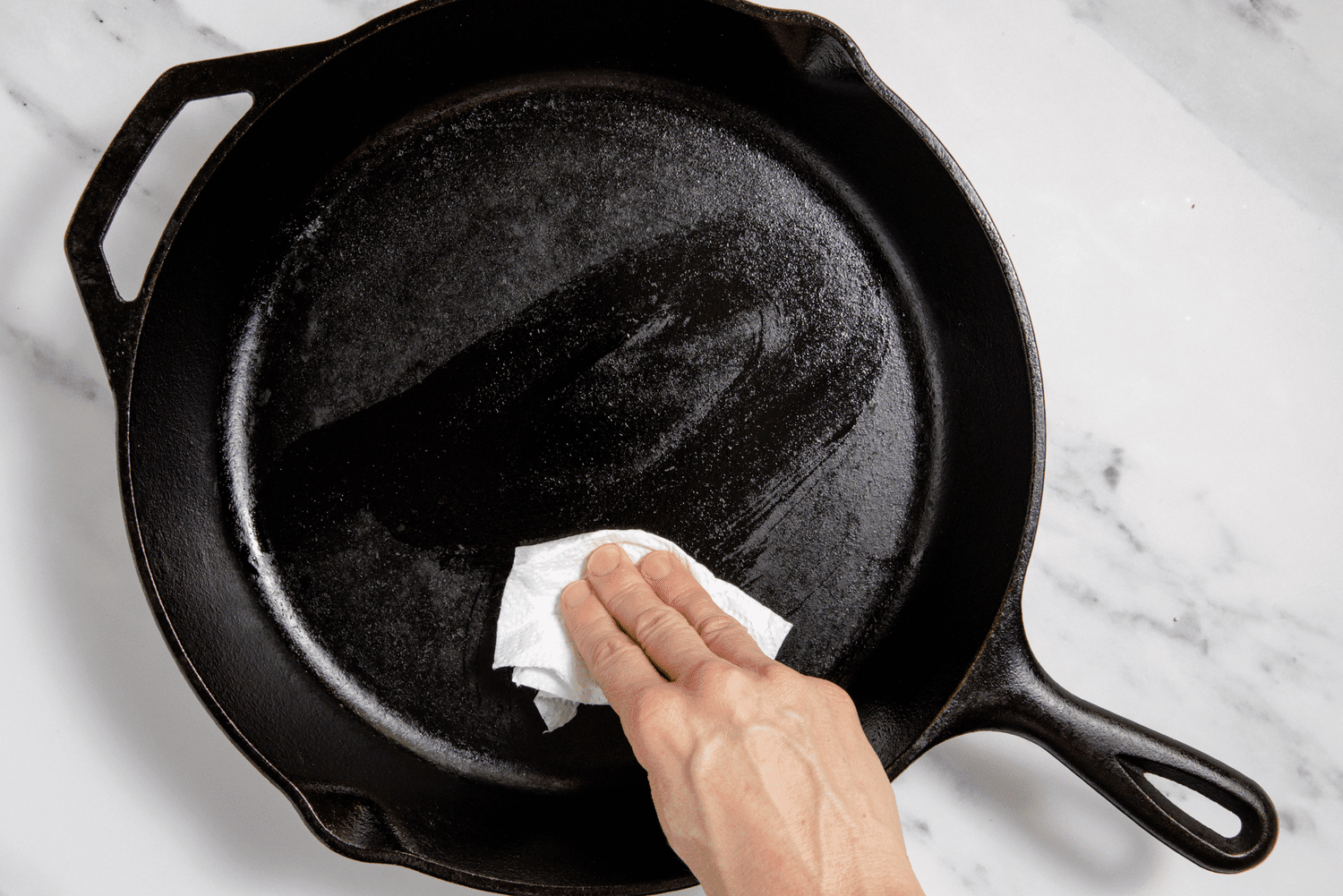Caring for your cast iron cookware is pivotal not just for its longevity but also for the quality of the meals it helps you prepare. Knowing what temp to reseason cast iron is critical to preserving your cookware and enhancing your cooking experience. This article digs into how you can achieve optimal seasoning using technology-approved methods.
Seasoning your cast iron at the correct temperature allows you to fully benefit from its versatile properties. Seasoning contributes to maintaining a non-stick surface, which in turn makes cooking healthier. Using incorrect temperatures could lead to uneven seasoning and even damage your cast iron cookware.

Why Reseason Your Cast Iron?
Before we step into the specifics, it’s important to address why you may even need to reseason your cast iron appliance. Consistent and proper seasoning creates a non-stick layer that makes cooking and cleaning considerably easier. Over time, this layer can wear down, making reseasoning a reasonable move.

Science Behind Cast Iron Seasoning
Understanding the science behind seasoning can make the process clearer and more effective. Seasoning involves oil polymerization, where oil bonds to the surface of the cast iron and forms a protective layer. The correct temperature plays a crucial role here, ensuring the oil bonds well to create a smooth, non-stick layer.
The Ideal Temperature for Seasoning
Experts often suggest that a temperature of about 400-450F is ideal for seasoning cast iron. This temperature is sufficient to break down the oil, allowing it to polymerize and bond with the iron surface. Going too high might cause the oil to burn off, while too low may not achieve proper bonding.

Step-by-Step Guide to Reseason Cast Iron
Preparation
Before you start the reseasoning process, ensure that your cookware is thoroughly cleaned. Use a gentle scrub to remove any food residue without damaging the existing seasoning.
Applying the Oil
Select a high smoking point oil such as grapeseed or flaxseed. Apply a thin layer on all surfaces of the cast iron cookware.
For more detailed steps on cleaning and oiling, check out how to reseason cast iron skillet.
Heating the Cookware
Preheat your oven to 400F. Place the oiled cookware upside down on the center rack, with a baking sheet underneath to catch any drips. Bake for one hour, allow to cool, and repeat the process if needed for a smoother surface.
For more insights, consider checking out this no-follow article on how to fry egg in a cast iron skillet.
:max_bytes(150000):strip_icc()/How-to-Season-Cast-Iron-Skillet-3x2-1-bcd280f1703e47e0a59bb62e86a0d53a.png?keyword=what temp to reseason cast iron)
Maintaining Your Reseasoned Cast Iron
Regular Use
One of the best ways to maintain the seasoning is regular usage. Cooking fatty foods initially can help build up more layers of seasoning. Here’s a guide on cooking chicken wings which can further contribute to the seasoning.
Cleaning the Cookware
Post-cooking, avoid soaking your cast iron in water. Instead, rinse with warm water and use a brush for any stuck food particles. Dry immediately and apply a thin layer of oil before storing.
Common Pitfalls to Avoid
Despite its simple process, reseasoning cast iron can sometimes go wrong. Below are some common pitfalls:
- Using oil with a low smoking point, which can become sticky.
- Applying too much oil, resulting in uneven seasoning.
- Not heating the cookware enough, which fails to polymerize the oil properly.
Choosing the Right Oil
Not all oils are created equal when it comes to seasoning cast iron. Some oils flake off, while others create a more durable layer. Oils like grapeseed, flaxseed, and canola are often recommended because they polymerize well at high temperatures.
Frequency of Reseasoning
How often you should reseason your cast iron depends on its usage. You might want to reseason once every few months if you cook frequently. Infrequent users might get away with once a year.
Benefits of a Well-Seasoned Cast Iron
A well-seasoned cast iron pan is easy to clean and provides a naturally non-stick surface without harmful chemicals. This makes cooking healthier and more enjoyable.
Tips for New Users
If you’re new to using cast iron, start with simple recipes and gradually move to more complex dishes. Simple meals like hash browns can help you get familiar with the heat distribution and cooking pace.
Professional Insights
Renowned chefs recommend using cast iron for its ability to evenly cook food and maintain heat. Properly seasoned cast iron is a staple in professional kitchens worldwide.
Advanced Techniques
If you are looking to go a step further, consider combining cast iron cooking with other advanced culinary techniques like sous-vide. This can open up new possibilities for home-cooked meals.
Conclusion
Reseasoning cast iron at the correct temperature using these tips ensures longevity and superior performance. Treating your cast iron cookware well pays off in the long run, offering healthier, tastier meals.
Frequently Asked Questions (FAQ)
1. Can you use olive oil for seasoning?
Olive oil is not recommended because it has a lower smoking point, which can make the surface sticky instead of smooth.
2. How do you know if cast iron needs reseasoning?
If food starts sticking or the surface looks dull, it’s likely time for reseasoning.
3. Can you reseason cast iron on a stovetop?
Although it’s possible, reseasoning in an oven distributes heat more evenly, providing better results.
As an Amazon Associate, I earn from qualifying purchases.

